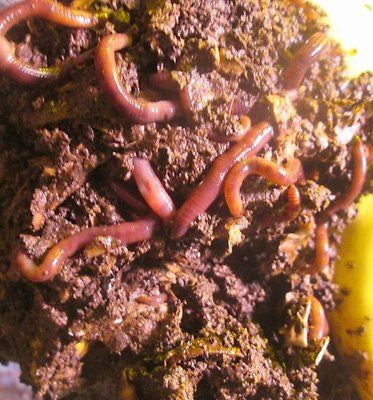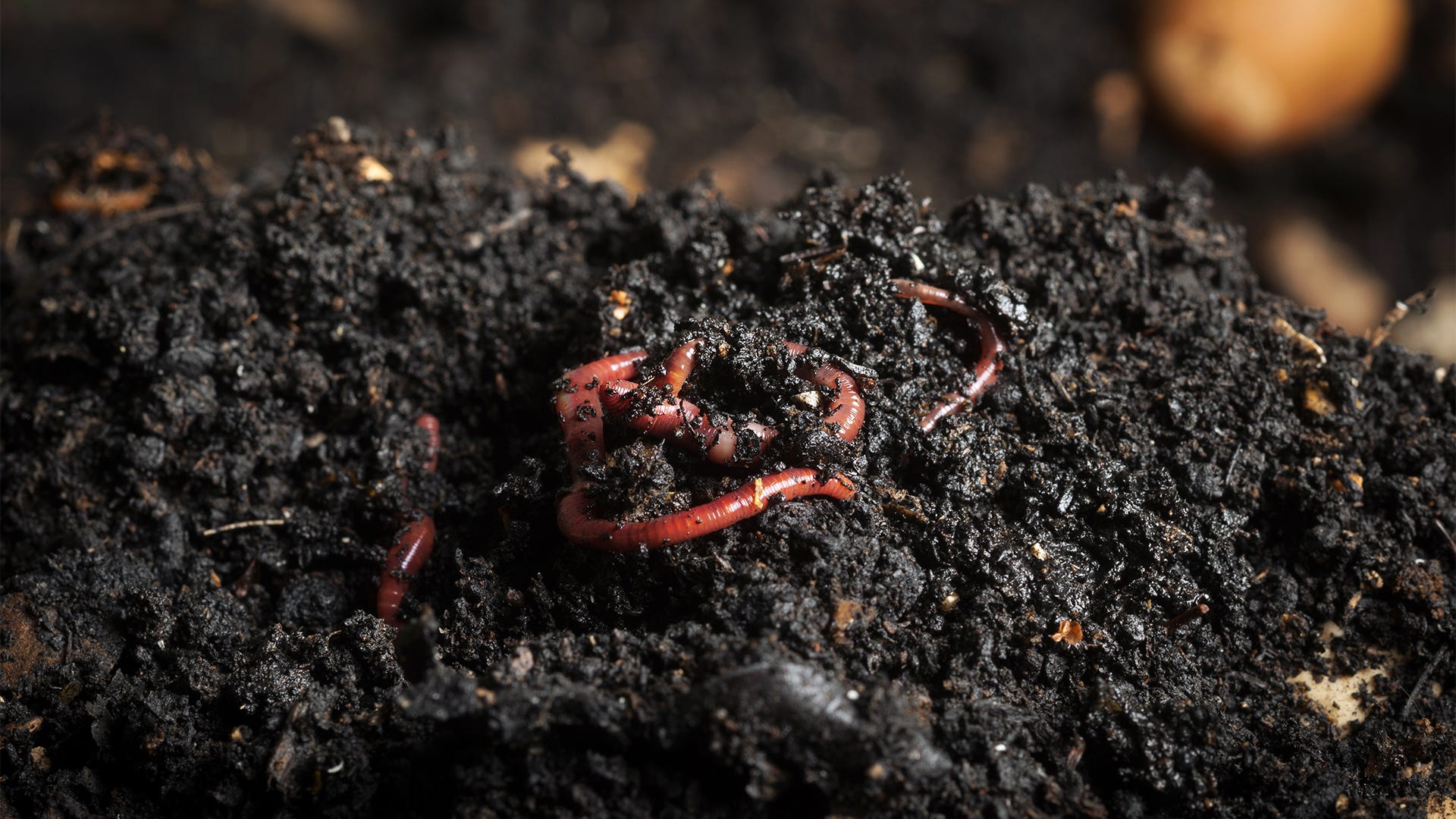The Of Red Wiggler Express
The Of Red Wiggler Express
Blog Article
The Buzz on Red Wiggler Express
Table of ContentsSome Known Details About Red Wiggler Express The Ultimate Guide To Red Wiggler ExpressOur Red Wiggler Express PDFsOur Red Wiggler Express Statements
With the international press for sustainability and with eco-friendly practices growing in appeal, people are finally coming around and recognizing the ecological benefits of red wiggler worms and composting. In this article, we'll discuss just how vermicomposting sustains sustainable horticulture and the ecological benefits of red wigglers and various other earthworms.
This is the brief of it. If you wish to read comprehensive about red shakes, we have a whole write-up devoted to them here. Currently, let's get right into the fundamentals of exactly how these worms sustain lasting horticulture practices and benefit the environment: Worm composting resembles a medspa day for your soil.
When included into your yard soil, these castings boost its structure, oygenation, and water retention. This aids with plant growth and health and does not require the use of any type of chemicals. Did you understand that organic waste comprises a substantial section of garbage dump material? And decaying organic waste in land fills creates big amounts of landfill gas (LFG), which is made up of about 50% carbon dioxide and 50% methane a greenhouse gas roughly 28 even more effective than CO2.
By diverting your kitchen scraps and yard waste into a worm composting container, you're effectively lowering the amount of organic waste that ends up in land fills. Forget concerning chemical fertilizers worm spreadings are the real deal.
About Red Wiggler Express

Mix the nutrient-rich worm castings right into your garden soil or use them as a top dressing for potted plants. In a world where sustainability is coming to be significantly important, red wigglers shine as unsung heroes of gardening.
Composting may feel like old news, yet doing it with a bin loaded with worms probably doesn't. Red wiggler worms use excellent benefits to the organic garden enthusiast, generating both a natural fertilizer and an efficient chemical. And they consume your cooking area scraps. The worth of red wigglers, a.k (Red Wigglers For Bait).a. Eisenia fetida, lies in their waste matter, called worm castings.
Worm spreadings may be bought at stores such as SBS in Vineyard Haven or Vineyard Gardens in West Tisbury, yet to raise the worms in a compost bed and harvest your very own spreadings is a lot more fun. The job of these worms is an aspect of lasting living. Red wigglers are indigenous to equine manure, where they burrow to lay eggs.
What Does Red Wiggler Express Do?
(https://directory5.org/Red-Wiggler-Express_329478.html)They can not make a great deal of it." He covers the container with straw, then an item of old carpet. "They like the heat," he claims. Lynn describes the production of castings and 2 uses: as a fertilizer and as a pesticide. "They digest rotting issue. It passes with them and includes calcium to make this abundant planet," she claims.
"I did it to see if it would make a distinction on white flies and aphids. The red wiggler is a vast breeder, laying eggs as usually as once a week - Worm Farms Near Me.
It takes three to 5 months for a baby worm to get to sex-related maturation and the adult size of 3 inches. Their life span is 4 to 5 years unless of training course they are used for lure. As freshwater fish lure, wigglers squirm on the hook and endure undersea longer than traditional earthworms.

A Biased View of Red Wiggler Express

A number of years ago the Stelle household relocated right into an Edgartown fixer-upper farm. "I intended to enter into farming with things that really did not need to be often tended to daily like a cow. We were presented to worm farming and started with 50,000 worms. That sounds like a great deal, but they're really little." She initially acquired her worms online from a worm farm in Vermont.
As one of the Epigeic class of compost worms, the typically does not appear in dirts. Instead, it thrives within the soils of fallen leaves clutter, manure, and decaying plant life. The worm is red or reddish-brown in color and has a smooth, round shape. The clitellum, or saddle-like reproductive gland, lies regarding two-thirds of the way down the worm's body.
A red wiggler worm can expand up to four inches in length yet is typically only about 2 and a half inches. The worm has a tiny mouth located at the front of its head. It likewise has little bristles, called setae, which aid the worm step and anchor itself to surfaces.

Report this page